BMX Freestyler Alex Coleborn has his eyes on the prize
- Text by Huck

Alex Coleborn has spent half his life on a BMX bike. Having first picked one up as a 13-year-old growing up on Jersey he had to make do “building ramps out of mud” but next Summer he’ll appear on the biggest stage, representing Great Britain in Tokyo when freestyle BMX makes its Olympic debut alongside sport climbing and skateboarding.
It’s been far from an easy ride for the Jerseyman though. At 22 a nasty crash resulted in a broken hip that threatened to end his career just as he was getting started but since then he’s bounced back to podium finishes at competitions across the world including taking silver at the UCI Urban Cycling World Championships in 2017.
We caught up with the freestyler ahead of what could be the biggest year in his career so far.
You grew up on Jersey where there wasn’t much to promote BMX freestyling, I even read that you had to build your own ramps out of mud. What got you from being that kid to competing at the top of the game?
When I was younger BMX was never really a big thing in Jersey so you had to make the best of what you got. In my younger years building ramps out of mud with my mates was where we had fun. I knew that I had a massive passion for the sport from the moment I picked up a bike and started messing around but never would I have imagined it would lead me to where I am today.
Where you are today is on the verge of competing at the Tokyo Olympics next Summer. That must be pretty surreal?
Yeah, it’s pretty crazy, it’s been an amazing opportunity so far. Being part of the British cycling team is completely different to anything I’ve ever experienced. The amount of support received, from management to physio is unreal. I still get to do what I love which is BMX so to me it’s not really a different set up more of a bigger support system.

The inclusion of skateboarding in the Olympics is proving really divisive in that community out of fear it’s going to sanitise the sport. Are you worried about that at all for BMX?
I don’t think being in the Olympics is going to change the sport whatsoever. I think it will only do it good. Getting a younger generation of kids into riding, that’s what it’s all about. We do this because it’s what we are passionate about. The hard work and effort every rider puts in deserves its recognition and finally we are able to see that in Tokyo 2020.
Last month you were competing at NASS Festival which really brought together some massive names in music with the best of BMX and Skate. Did you think BMX would ever be so popular as to share a stage with the likes of Cypress Hill?
I think with BMX it’s always growing, there are more people getting involved and I think it’s sick that we can bring together the sport and the music in one weekend.

Freestyling requires taking a lot of risks and being willing to really put your body on the line. What gets you back on the bike when you’ve crashed?
Any sport is going to have risks. I’ve had some pretty nasty crashes over the years but my determination and passion to get back on my bike is the only way to conquer any fear you have.
Alex Coleborn was speaking to Huck following his appearance at NASS 2019. For more information on the festival, visit the official website.
Enjoyed this article? Like Huck on Facebook or follow us on Twitter.
Latest on Huck

Three decades behind the scenes of the music industry
Eddie Otchere’s ‘Spirit Behind the Lens’ is a story of music and culture that crosses and transcends borders.
Written by: Isaac Muk
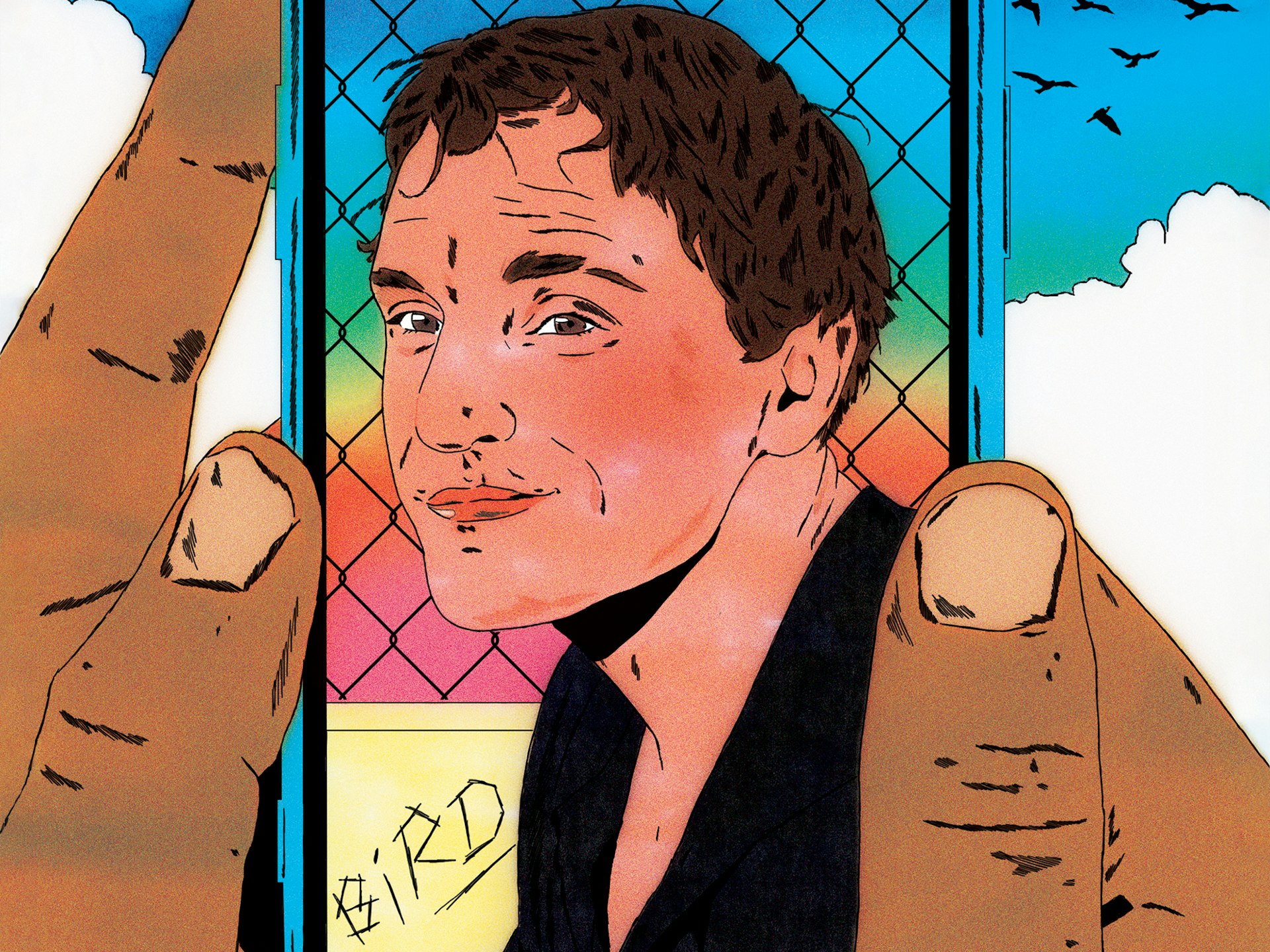
Barry Keoghan, Franz Rogowski and Andrea Arnold on ‘Bird’
The new issue of Little White Lies brings Andrea Arnold’s sixth feature to life with a thematic voyage down the Thames estuary.
Written by: Maisy Hunter
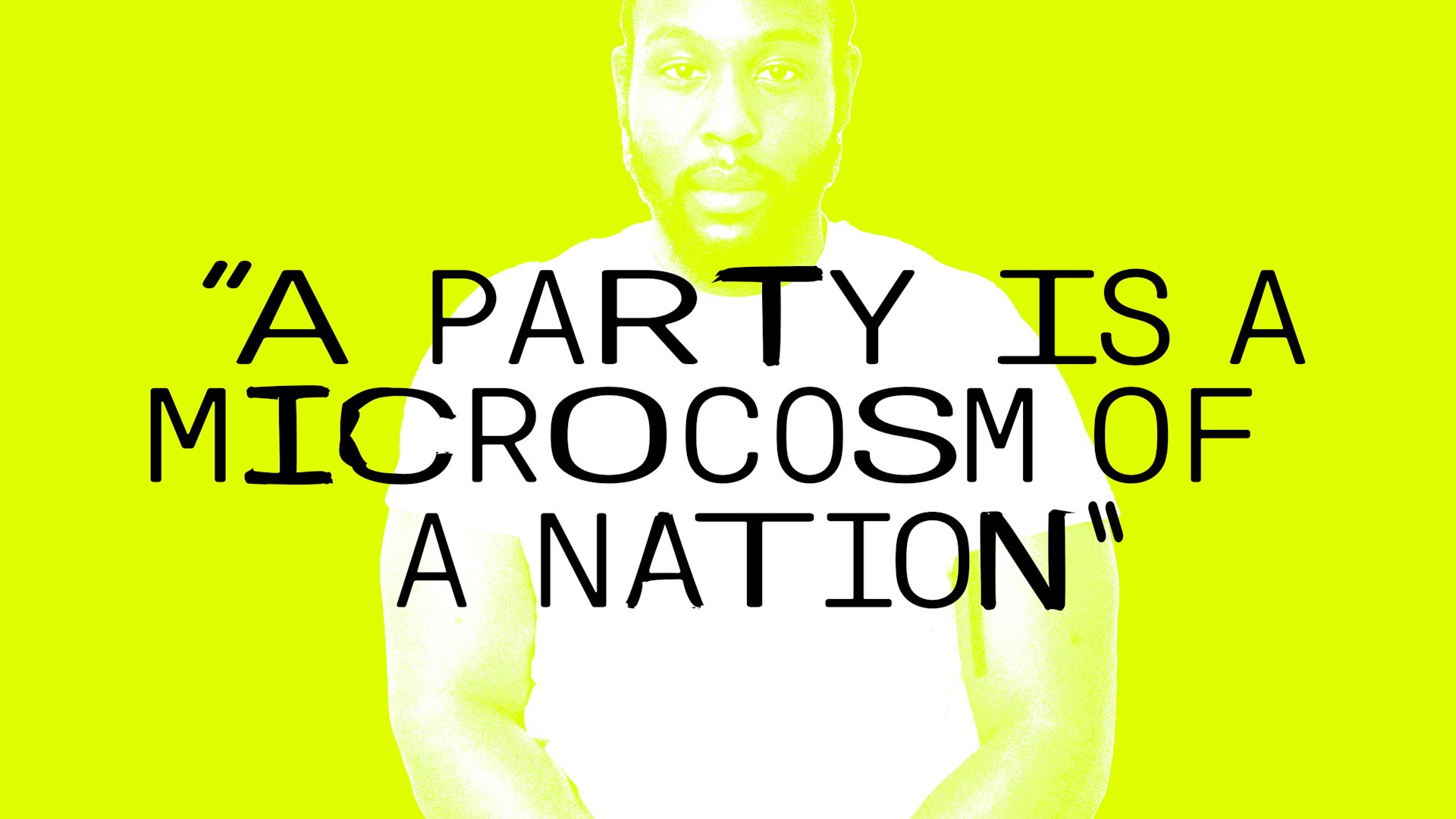
“A party is a microcosm of a nation”: Caleb Femi on the decline of the house party
To celebrate the publication of his new collection ‘The Wickedest’, Isaac Muk caught up with Femi to talk more about the work, the future of the shoobs, and discuss why having it large on a Saturday night should be cherished.
Written by: Isaac Muk
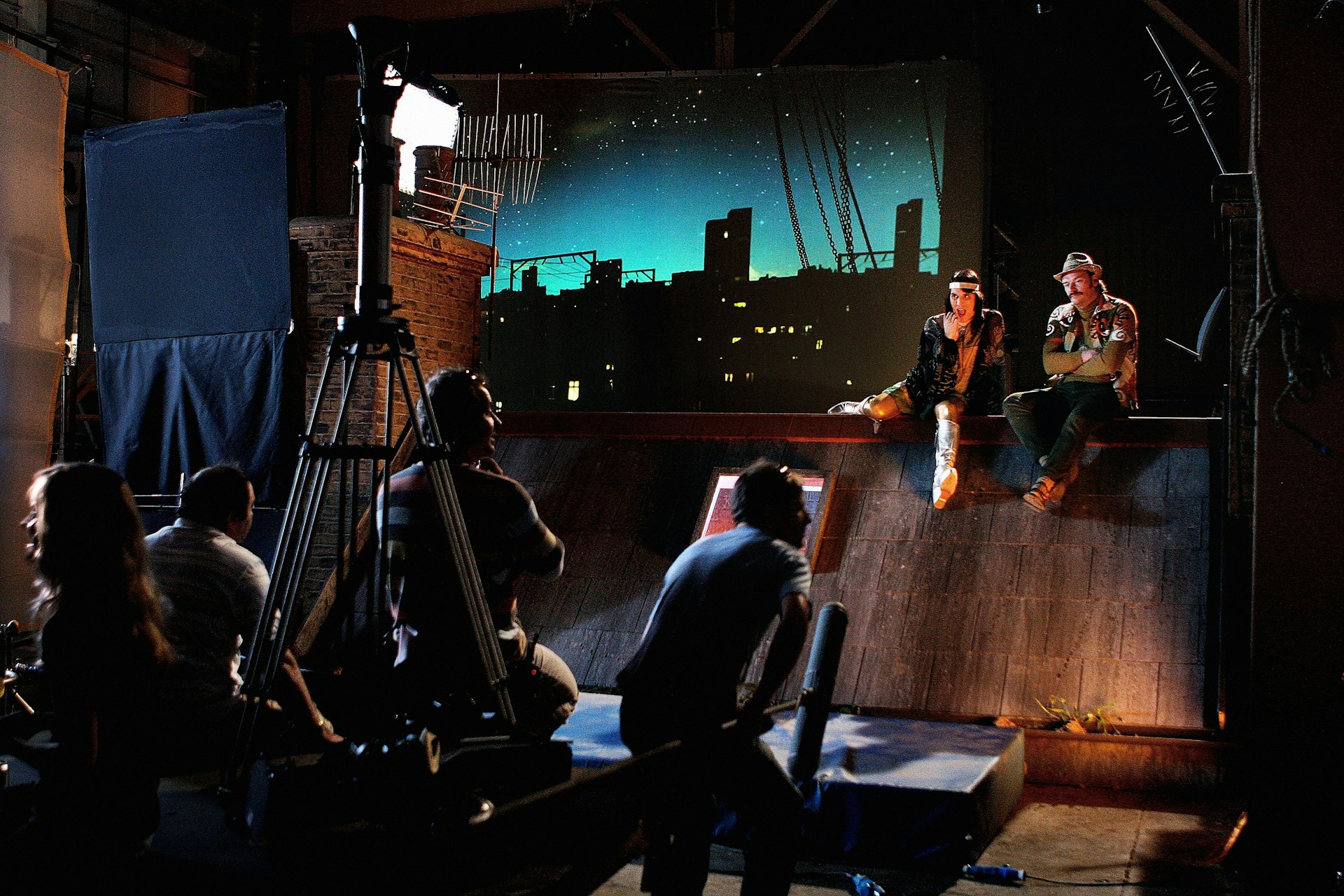
Celebrating 20 years of The Mighty Boosh
A new exhibition takes a look behind the scenes of the iconic show two decades after its BBC3 premiere.
Written by: Isaac Muk
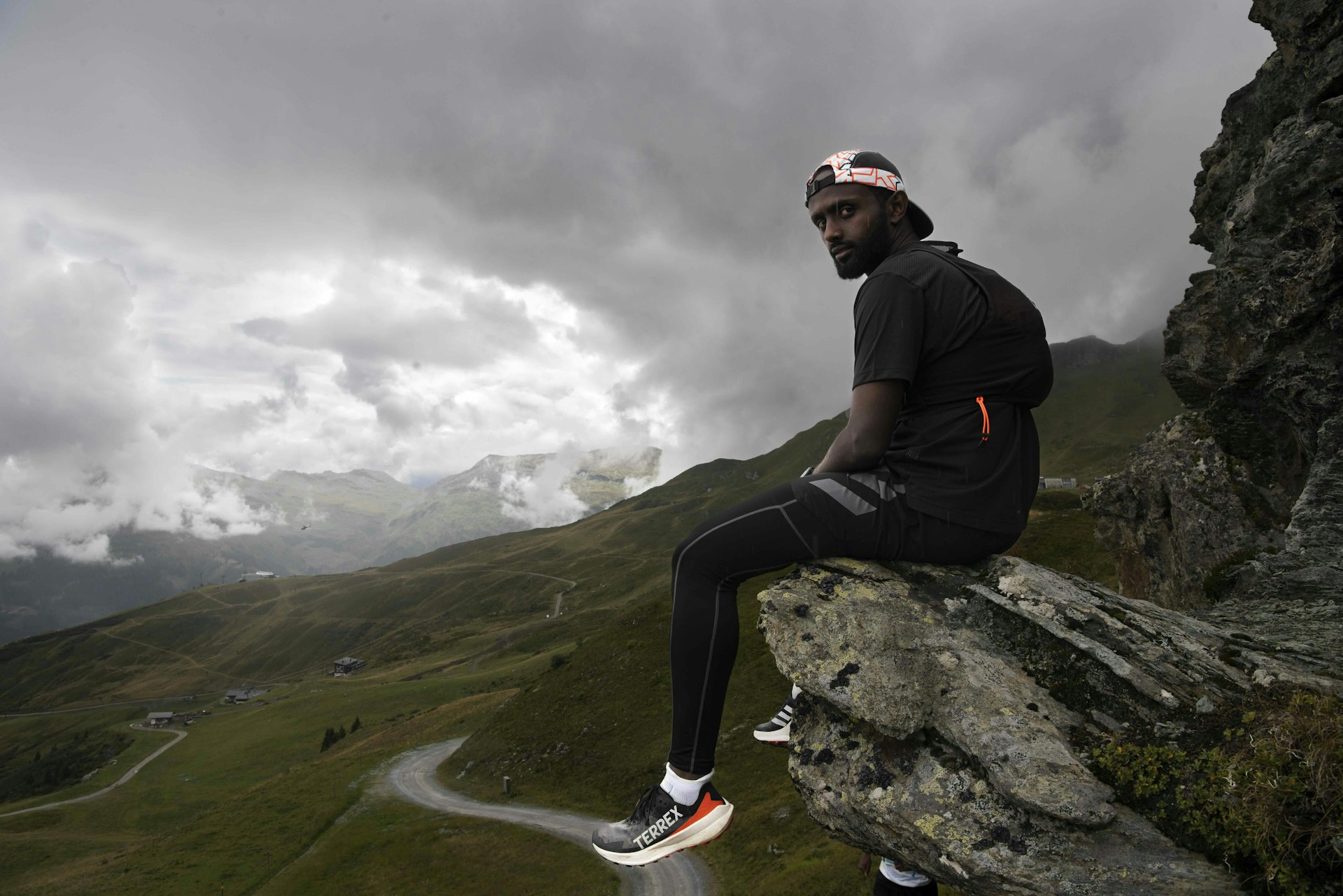
We Run Mountains: Black Trail Runners tackle Infinite Trails
Soaking up the altitude and adrenaline at Europe’s flagship trail running event, high in the Austrian Alps, with three rising British runners of colour.
Written by: Phil Young
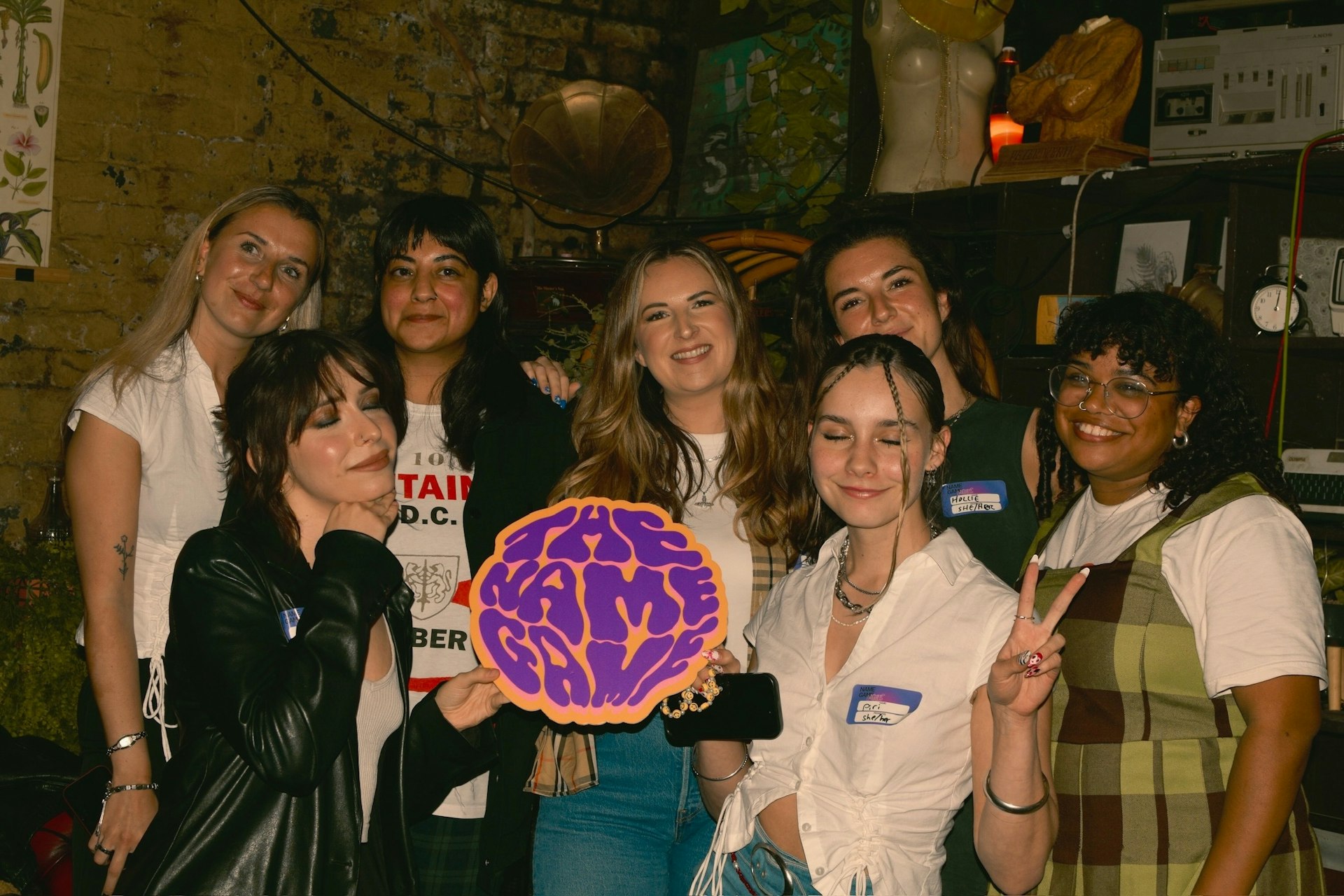
The organisation levelling the playing field in the music industry
Founded in 2022, The Name Game is committed to helping female, non-binary and trans people navigate the industry.
Written by: Djené Kaba